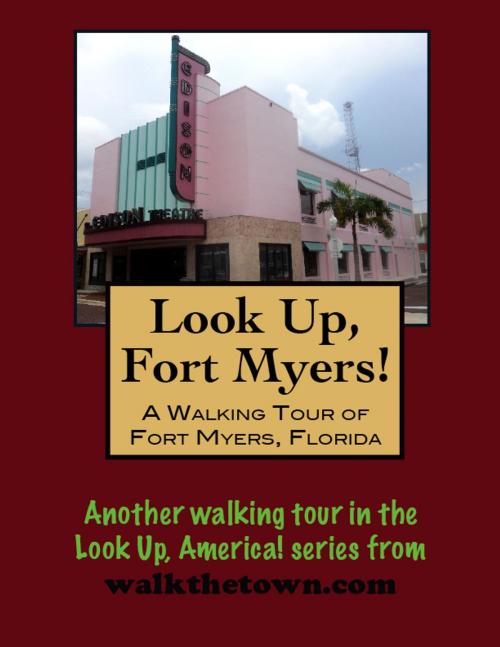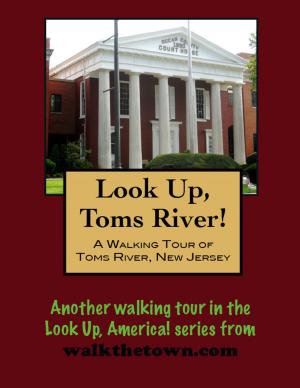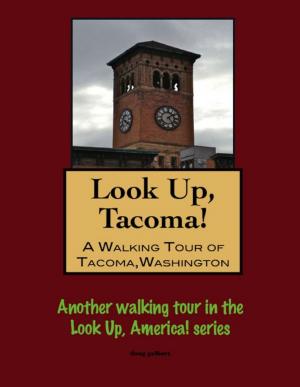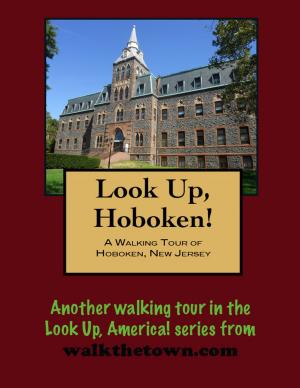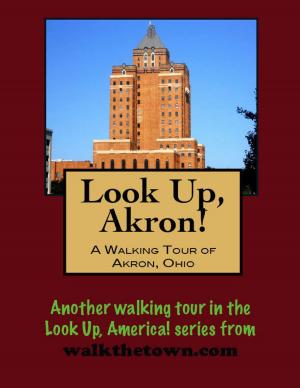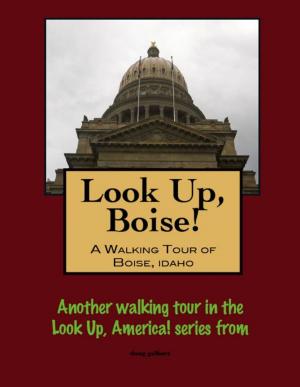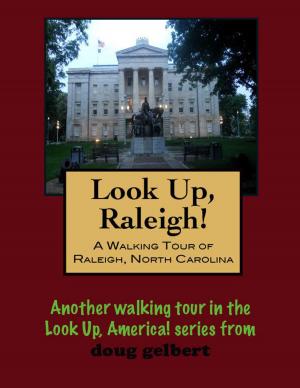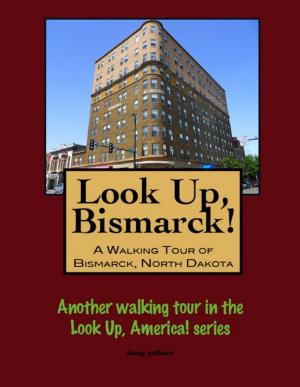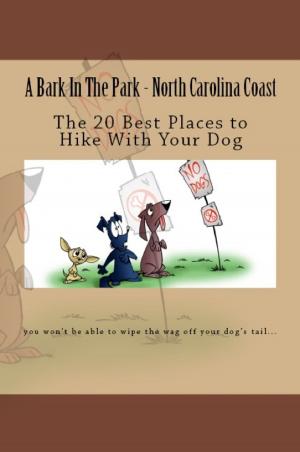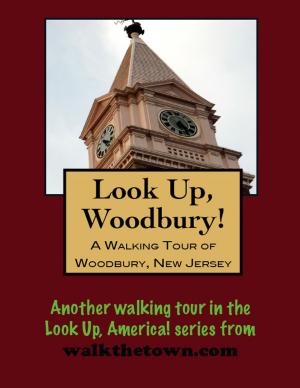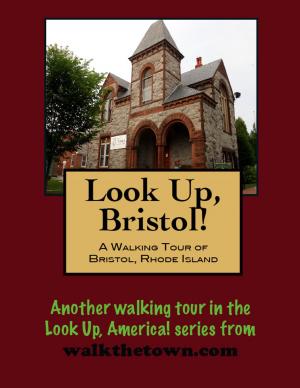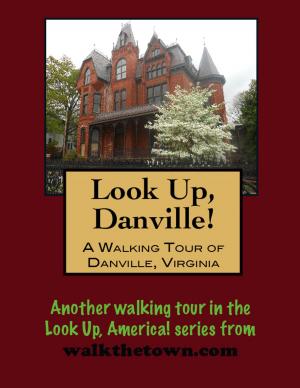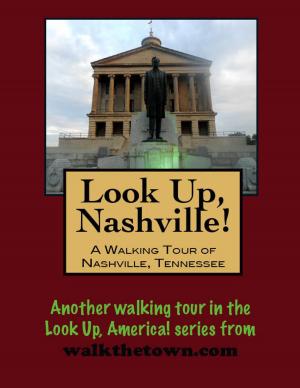| Author: | Doug Gelbert | ISBN: | 9781465792709 |
| Publisher: | Doug Gelbert | Publication: | July 15, 2011 |
| Imprint: | Smashwords Edition | Language: | English |
| Author: | Doug Gelbert |
| ISBN: | 9781465792709 |
| Publisher: | Doug Gelbert |
| Publication: | July 15, 2011 |
| Imprint: | Smashwords Edition |
| Language: | English |
There is no better way to see America than on foot. And there is no better way to appreciate what you are looking at than with a walking tour. Whether you are preparing for a road trip or just out to look at your own town in a new way, a downloadable walking tour is ready to explore when you are.
Each walking tour describes historical and architectural landmarks and provides pictures to help out when those pesky street addresses are missing. Every tour also includes a quick primer on identifying architectural styles seen on American streets.
The case can be made that if not for grass Fort Myers would not be the vibrant city it is today. In 1885, when the population was about 349, Thomas Alva Edison came to town on a hunt for the ideal filament for his incandescent light bulb. He believed the answer might be in the bamboo that grew in abundance along the Caloosahatchee River. He was wrong but he fell in love with the little hamlet and bought property for a winter retreat he called Seminole Lodge. He would be at least a part-time resident for the next 45 years. His friend Henry Ford would move in next door.
While in Fort Myers Edison set up a botanical laboratory to search for a way to make synthetic rubber. It is said he conducted over 500,000 tests on a different plants and trees, eventually settling on the weed Goldenrod to produce a latex. They were never able to produce rubber on a commercial scale, however, and the laboratory would be shut down after Edison's death. But Edison's botanical legacy continues in Fort Myers. In the 1800s he began planting rows of magnificent Royal Palms on the road near his home, giving Fort Myers its nickname today - "City of Palms."
Fort Myers itself was named for Colonel Abraham C. Myers who never visited the place. The fort was one of many constructed along the Caloosahatchee River as a base of operations against the Seminole Indians in the 1830s. It was Fort Havrie then and it wasn't particularly important until a hurricane blew away forts closer to the coast. The fort was abandoned for awhile and rebuilt in 1850 when hostilities flared again with the Seminoles. This time it was named Fort Myers for the man who was preparing to marry the daughter of commanding General David E. Twiggs.
The fort was abandoned after the Seminole Wars ended in 1856 but was re-commissioned with Union troops during the Civil War. After 1865 it was abandoned again and this time there would be nothing for troops to come back to as settlers trickling into the area helped themselves to the pine beams, windows, flooring and whatever else they could cart away.
The federal government would return to the site one more time, however, to build the grandest building in downtown Fort Myers on the site of the old fort and that is where we will start our walking tour...
There is no better way to see America than on foot. And there is no better way to appreciate what you are looking at than with a walking tour. Whether you are preparing for a road trip or just out to look at your own town in a new way, a downloadable walking tour is ready to explore when you are.
Each walking tour describes historical and architectural landmarks and provides pictures to help out when those pesky street addresses are missing. Every tour also includes a quick primer on identifying architectural styles seen on American streets.
The case can be made that if not for grass Fort Myers would not be the vibrant city it is today. In 1885, when the population was about 349, Thomas Alva Edison came to town on a hunt for the ideal filament for his incandescent light bulb. He believed the answer might be in the bamboo that grew in abundance along the Caloosahatchee River. He was wrong but he fell in love with the little hamlet and bought property for a winter retreat he called Seminole Lodge. He would be at least a part-time resident for the next 45 years. His friend Henry Ford would move in next door.
While in Fort Myers Edison set up a botanical laboratory to search for a way to make synthetic rubber. It is said he conducted over 500,000 tests on a different plants and trees, eventually settling on the weed Goldenrod to produce a latex. They were never able to produce rubber on a commercial scale, however, and the laboratory would be shut down after Edison's death. But Edison's botanical legacy continues in Fort Myers. In the 1800s he began planting rows of magnificent Royal Palms on the road near his home, giving Fort Myers its nickname today - "City of Palms."
Fort Myers itself was named for Colonel Abraham C. Myers who never visited the place. The fort was one of many constructed along the Caloosahatchee River as a base of operations against the Seminole Indians in the 1830s. It was Fort Havrie then and it wasn't particularly important until a hurricane blew away forts closer to the coast. The fort was abandoned for awhile and rebuilt in 1850 when hostilities flared again with the Seminoles. This time it was named Fort Myers for the man who was preparing to marry the daughter of commanding General David E. Twiggs.
The fort was abandoned after the Seminole Wars ended in 1856 but was re-commissioned with Union troops during the Civil War. After 1865 it was abandoned again and this time there would be nothing for troops to come back to as settlers trickling into the area helped themselves to the pine beams, windows, flooring and whatever else they could cart away.
The federal government would return to the site one more time, however, to build the grandest building in downtown Fort Myers on the site of the old fort and that is where we will start our walking tour...
